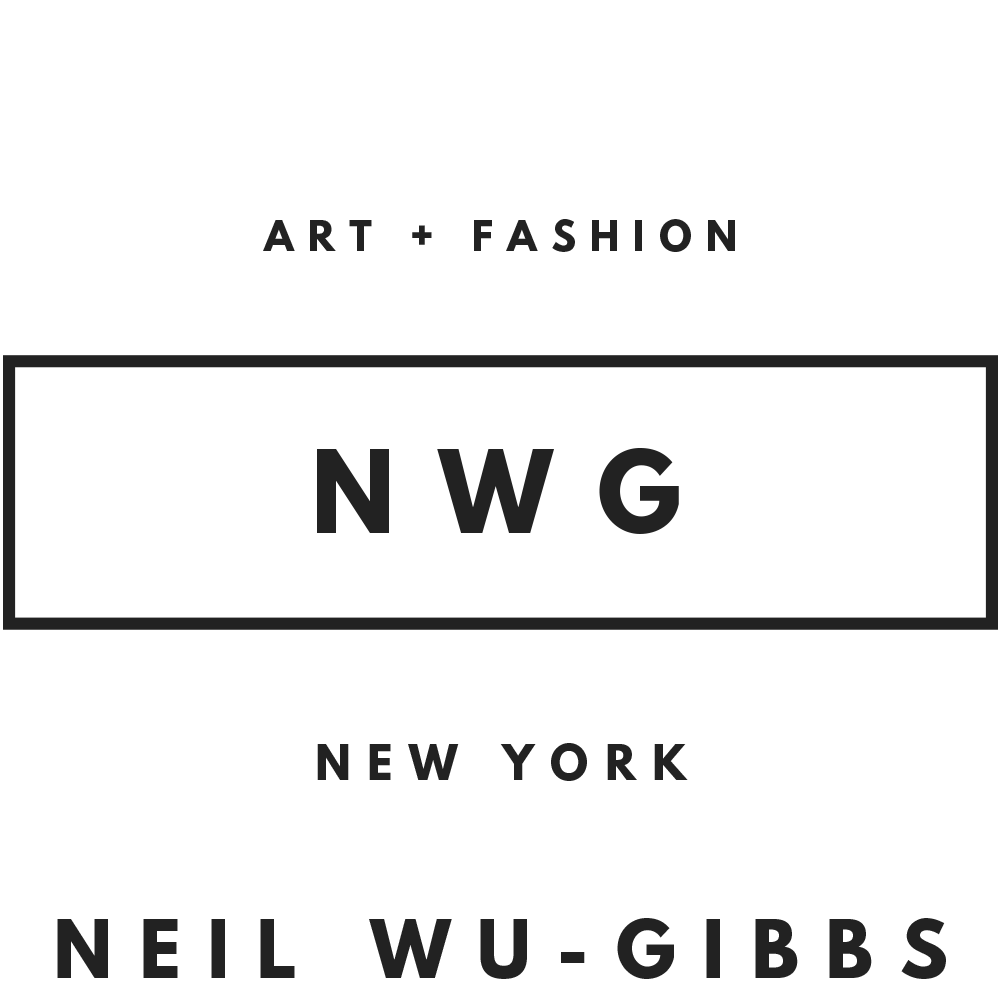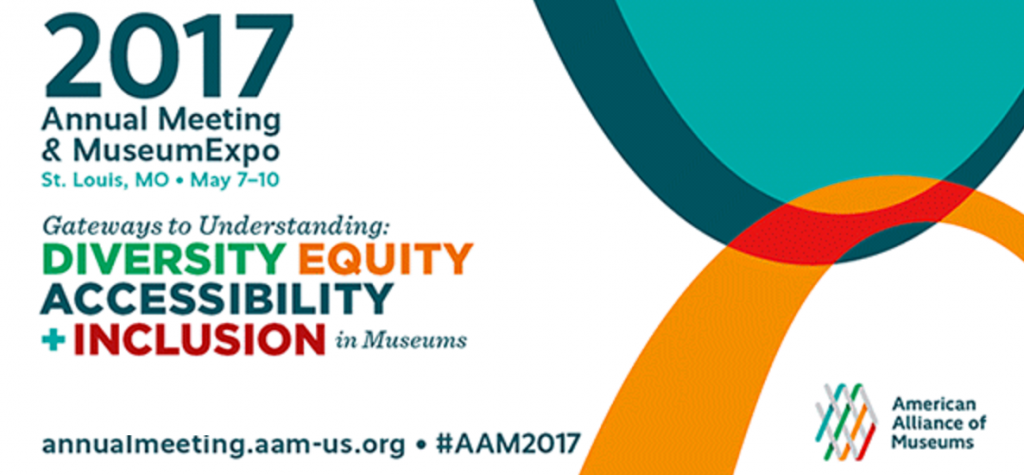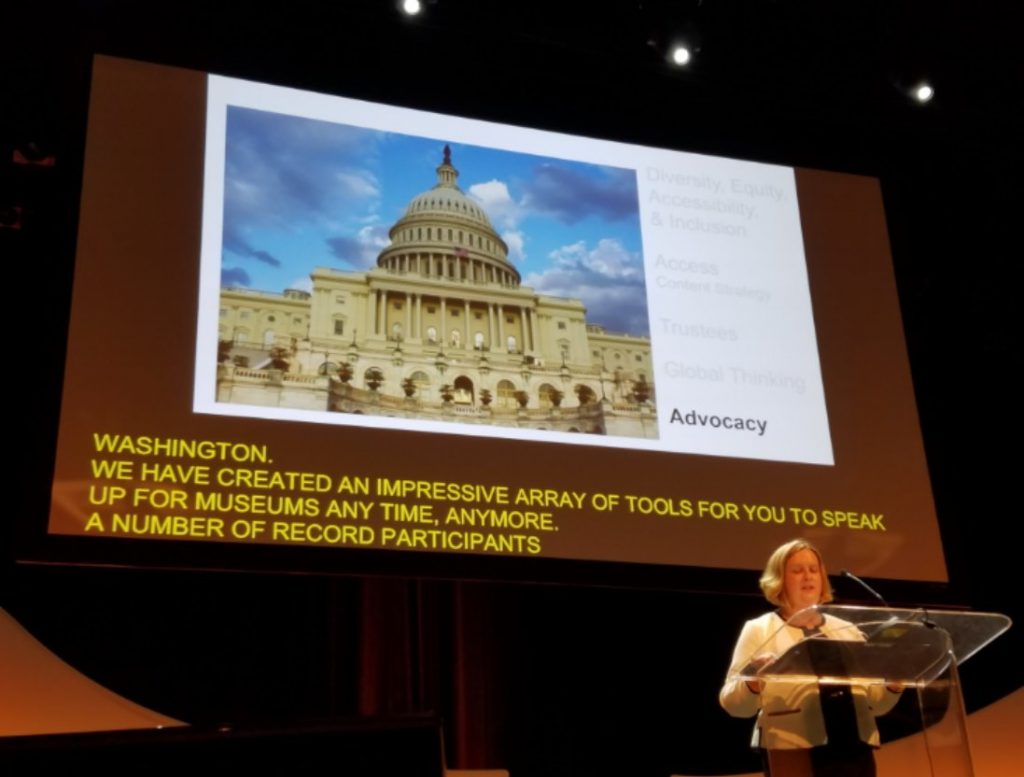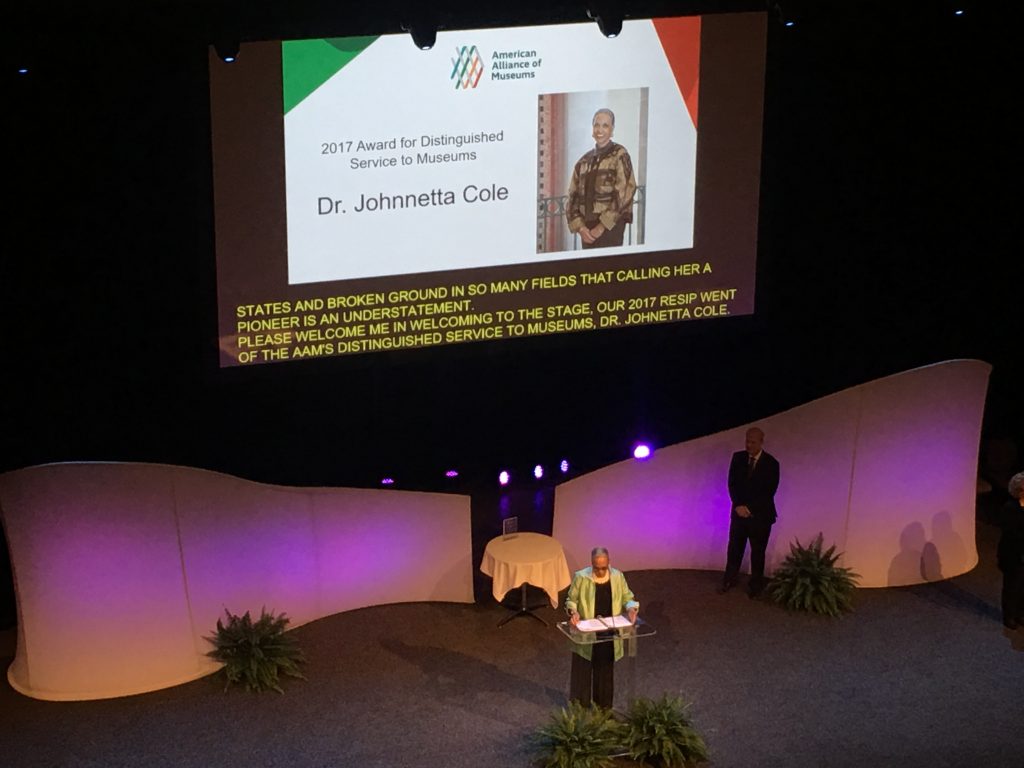In the somber wake of national tragedies and developments, tensions around race and LGBTQ equality in the United States have boiled over in the past few years. I have been consumed by a heightened sense of responsibility fraught with an irrational need to identify, investigate, and implicate all the timely social, cultural, and political issues that I personally grapple with as an emerging museum professional.
I was awarded a 2017 Annual Fellowship by the American Alliance of Museums (AAM). My visual display/presentation titled Challenging Norms: The Rise of Fashion Museology at the Emerging Innovators Forum in St. Louis, MO on Tuesday, May 9, explored a series of contemporary exhibitions to enhance audiences’ understanding of design objects in this interconnected world.
“By the time we leave #StLouis this week, I hope we’ll all be a little more comfortable getting UNconfortable.” – Laura Lott, President & CEO of the American Alliance of Museum
About 2017 AMM Theme
Gateways for Understanding: Diversity, Equity, Accessibility, and Inclusion in Museums
Museums are pillars of healthy communities and ideal places to grow understanding. We know the incredible power of the arts and humanities—in all their forms—to inspire us and enrich our lives and to comfort and help us heal during our darkest times. We know museums contribute powerfully to creating a more enlightened and empathetic society.
This is the urgency of our work in today’s world. As communities of all sizes around the globe confront racism, discrimination, and oppression—and address issues of immigration, religious expression, sexual orientation, gender identity, and the equal treatment of all people—the commitment of museums to diversity, equity, accessibility, and inclusion has never been more critical.
The Missouri History Museum has long facilitated programs exploring challenging topics in the community, including issues of race and class, serving as an inclusive and safe gathering place. The shooting death of Michael Brown in Ferguson, just 10 miles north of downtown St. Louis, sparked a national conversation about race and equity that continues today. During the height of the unrest in the St. Louis region, the museum continued to lead as a safe space for dialogue and partnered with museums and institutions to cross community divides. This is a real-life example of the Alliance’s vision of “A world informed and enriched by thriving museums.”
The 2017 AAM Annual Meeting in St. Louis is an ideal place to discuss these issues, and to act on them. St. Louis embodies the very definition of convergence – the 252-year-old city is situated in the geographic center of the United States and at the meeting of its longest rivers, the Missouri and the Mississippi.
The city’s Gateway Arch, the tallest man-made national monument in the United States, celebrated its 50th anniversary in 2015. Near the Arch is the Old Courthouse, where the landmark Dred Scott case was argued. St. Louis is also the birthplace of cultural icons like Josephine Baker, Yogi Berra, Maya Angelou and Chuck Berry.
Convergence and community both remind us of the powerful ways that ideas can transcend our differences. To build gateways for understanding, museums everywhere must be accessible places where all feel welcome. Below are a few questions that we hope will inspire engaging dialogue.
- Who comes to museums? How do we attract and retain diverse audiences across borders and categories of sex, race, ethnicity, age, class, ability, language, sexual orientation, and gender roles and identity?
- How can we ensure that all audiences can access our programs, collections, and resources?
- How do we strengthen our museums’ roles as safe environments for cross-cultural dialogues and interactions?
- How do we actively deconstruct systemic biases in our field—and how will we measure our progress?
- How do we hire, whom do we employ, and why?
- Who serves at the top? How can we grow diversity in museum leadership positions? How do museums sustain traditional donors and diversify boards as they adapt to changing demographics?
Download a PDF version of the theme.
Activist Actor/Interpreter Performing in #1 Civil Rights at the Missouri History Museum





